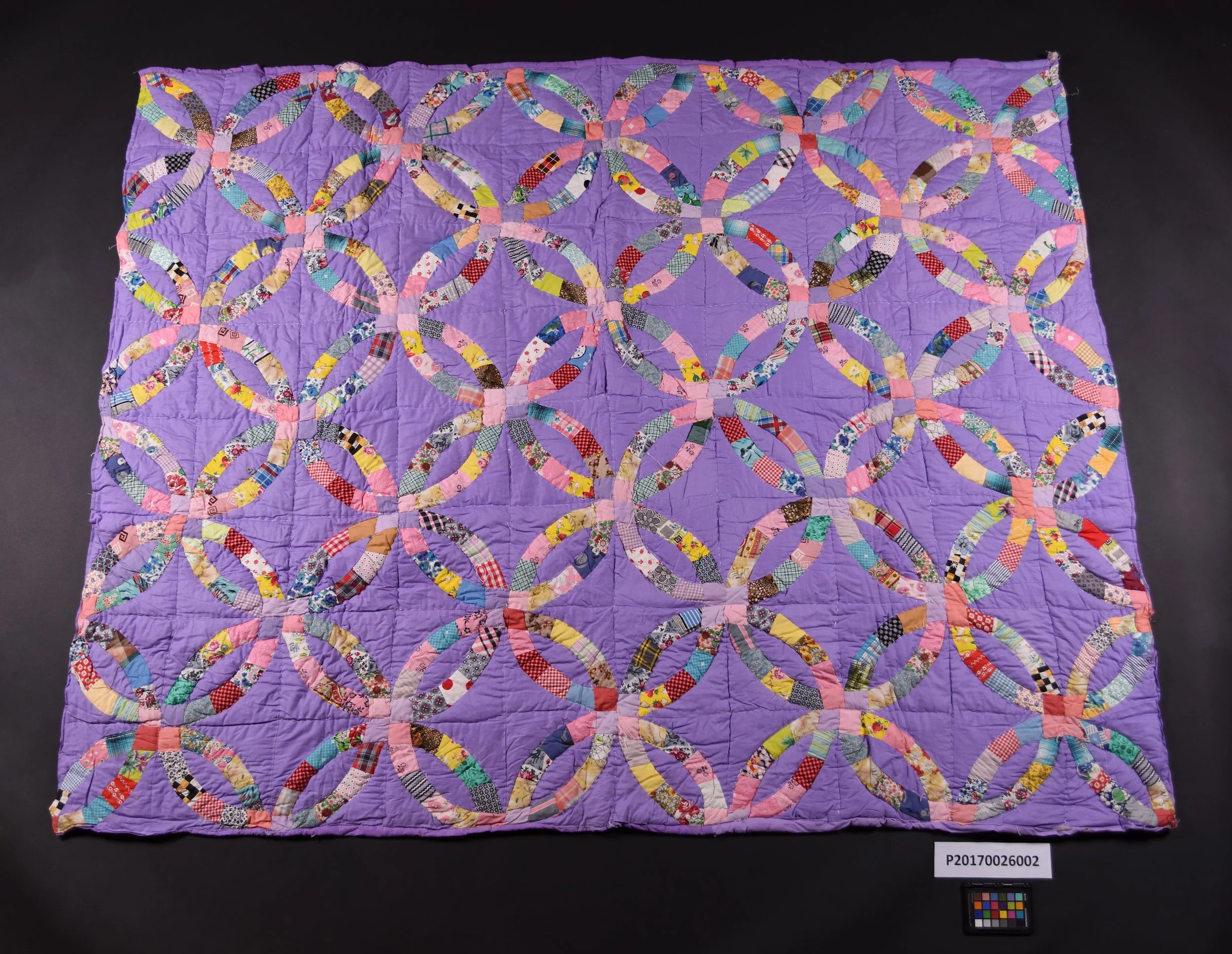Mass Production: A Look at Toys
Student and teacher making wooden toys in a Hamilton Junior High School woodworking class on December 18, 1952.
Galt Museum & Archives, 19752508008
The history of toy production offers a window into the dramatic shifts in manufacturing that began in the late nineteenth century. During this period craft production in many countries gradually gave way to factory-made toys, mass-produced by large multinational companies.
In the late 1800s, many Canadian children played with hand-made or improvised toys, though mass-produced novelties were available to wealthier families. Many toys in Canada were imported from Germany at the time, with many also coming from the United States and England. For example, the Lehmann toy company in Germany manufactured toys out of tin; this gave them an edge over competitors’ heavier cast iron toys by allowing them to export products around the world.
However, the start of the First World War in 1914 created a “toy famine” that stimulated domestic toy manufacturing in the United States and here in Canada. The Reliable Toy Company began making dolls in its Toronto factory in 1922. By 1935 Reliable operated a 72,000 square foot toy factory—the largest in the British Empire—producing more than 1.5 million dolls per year.
Made In… (Stories of Stuff) exhibit logo.
Designed by one match fire
As the mass-market economy expanded in the 1950s, the development of plastic and more efficient production methods made toys more affordable than ever. Plastics could be injected into reusable moulds, allowing for quick and large-scale toy production; they could also be made in a wide range of colours and textures.
In the later twentieth century, the toy industry became increasingly dominated by a few large manufacturers, and production shifted overseas where wages were much lower. By the 1990s China had become the major producer of toys globally, though the US dominates globalized toy manufacturing today. The Canadian toy industry is also thriving, with both mass-produced and artisan products vying for young consumers’ attention.











Dr. Frank Hamilton Mewburn was a wiry and fiery surgeon, politician, army officer, and university professor who greatly contributed to the development of Lethbridge. Mewburn came from a long ling of medical professionals, graduating from McGill University in Montreal in 1881.